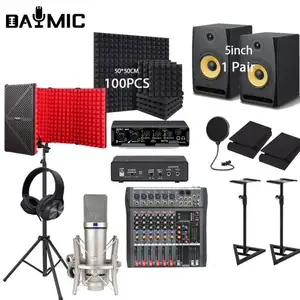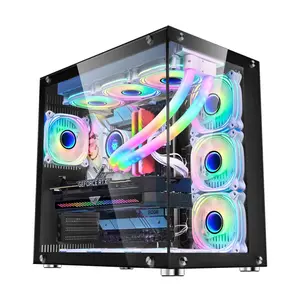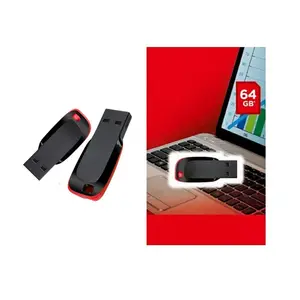Popular in your industry
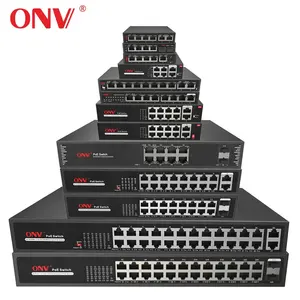















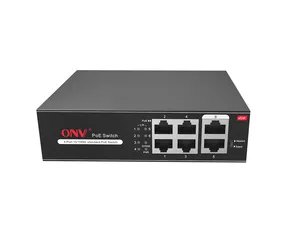









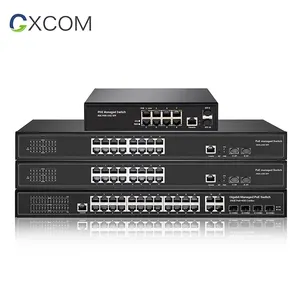





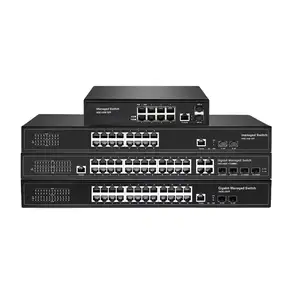
























Related Searches:






























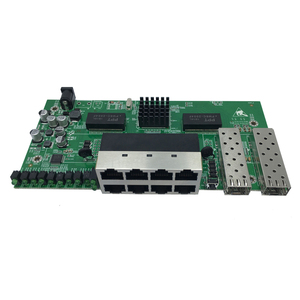





























































































Top categories
About cisco 16 port sfp switch
Exploring the Cisco SFP Switch with 16 Ports
The Cisco SFP Switch with 16 Ports is a modular network switch featuring 16 Small Form-factor Pluggable (SFP) ports that support a range of SFP transceivers. These transceivers are designed for hot-swapping, enabling users to add or remove them without disrupting the switch's operation—a key benefit for uninterrupted network service and seamless upgrades. Targeted at enterprises, data centers, and complex IT infrastructures, this switch offers a high concentration of ports with the versatility to meet evolving networking requirements.
This switch serves as a pivotal node for network traffic, efficiently routing data from one SFP port to another based on the destination device's location. By managing data flow in this manner, the switch ensures streamlined packet delivery and mitigates the risk of collisions and congestion that can plague less advanced networks, potentially causing data loss and performance degradation.
Notable among the Cisco SFP Switch's attributes is its array of features that bolster network management and security. It facilitates network segmentation through VLAN (Virtual Local Area Network) tagging, which can delineate traffic for distinct purposes or security postures. The switch's Quality of Service (QoS) settings prioritize traffic, guaranteeing bandwidth for essential applications. Moreover, capabilities like Simple Network Management Protocol (SNMP) offer sophisticated tools for network oversight and administration.
Varieties of the Cisco SFP Switch with 16 Ports
Cisco's portfolio of SFP switches is diverse, tailored to meet a spectrum of networking demands. The principal variants include:
-
Unmanaged Switches: These straightforward, configuration-free devices are apt for uncomplicated networks, performing admirably in modest office settings or home networks.
-
Managed Switches: These switches provide comprehensive network control, enabling administrators to fine-tune, oversee, and scrutinize the network, thus offering enhanced flexibility and security. They are best suited for sophisticated enterprise networks with intricate management needs.
-
Smart Switches: Bridging the gap between managed and unmanaged switches, smart switches offer a subset of management features at a more economical price point than their fully managed counterparts. They cater to businesses that require a degree of control beyond what unmanaged switches provide, without the full suite of managed switch capabilities.
-
Stackable Switches: For networks poised for growth and scalability, stackable switches enable the interconnection of multiple units, which can then be administered as a unified system, streamlining management and enhancing adaptability.
-
PoE Switches: Power over Ethernet (PoE) switches deliver both electrical power and data through a single cable to devices such as IP cameras and VoIP phones, obviating the need for additional power sources and simplifying wiring complexity.
Each type is tailored for specific scenarios, based on the features they offer and the environments they are engineered for. Choosing the correct model is essential for optimal performance and compatibility with the connected devices.
Selecting the Right Cisco SFP Switch with 16 Ports
In the process of choosing a Cisco SFP Switch with 16 ports that aligns with your organizational needs, it's important to weigh factors such as port type, supported functions, and overall network prerequisites. For example:
-
Should your enterprise necessitate swift data transmission over extended distances within a local network, Cisco SFP Switches that accommodate fiber optics would be a prudent choice.
-
In scenarios where energy efficiency is paramount, like data centers, prioritize models adhering to IEEE802.3af standards for PoE capabilities.
-
For settings where security and dependability are of utmost importance, such as in corporate environments, opting for a managed switch rather than an unmanaged one can afford additional oversight and diagnostic features.
-
Assessing these factors will assist in ensuring the selection of a Cisco SFP Switch with 16 ports that meets the specific networking needs of your business.
Discovering Cisco SFP Switches with 16 Ports on Alibaba.com
Alibaba.com distinguishes itself as a premier international marketplace that connects businesses with an expansive array of network switches, inclusive of models equipped with SFP ports for diverse applications. The platform's extensive vendor network ranges from providers of economical unmanaged switches to those offering sophisticated managed switches, addressing all scales of enterprise networking requirements with an emphasis on versatility and scalability.
Companies seeking network solutions benefit from Alibaba.com's intuitive interface, which streamlines the search for products and assessment of suppliers. The platform's dedication to cross-border trade is underscored by services such as Trade Assurance, which safeguards payments until the buyer confirms receipt of goods. This commitment to security and customer satisfaction propels Alibaba.com beyond a mere marketplace, positioning it as an essential ally in international B2B trade.
Additionally, Alibaba.com's capacity to feature vendors that offer customized configurations means that businesses can secure solutions precisely tailored to their unique needs. Whether outfitting a nascent local office or scaling up a multinational enterprise, Alibaba.com provides access to a broad selection of premium Cisco SFP switches that can enhance your networking infrastructure while optimizing expenditure.
Frequently Asked Questions about the Cisco SFP Switch with 16 Ports
What is a Cisco SFP Switch with 16 Ports?
A Cisco SFP Switch with 16 Ports is a Layer 2 networking device optimized for assembling compact, localized data networks within organizations or educational institutions. It provides 16 connection points for various devices, including computers, telephones, and printers.
How does a Cisco SFP Switch differ from a regular Ethernet Switch?
Compared to a standard Ethernet Switch, a Cisco SFP Switch is a more compact solution designed for high-speed data transmission via fiber optic or copper cabling. It functions at Layer 2 of the OSI model and is frequently employed in network backbones and data centers.
Can Cisco SFP Switches be used to extend network coverage?
Indeed, Cisco SFP Switches are capable of extending network coverage. They facilitate the connection of multiple networks or devices across long distances using fiber or copper cables, proving particularly valuable when conventional Ethernet switches fall short in terms of reach.
What does VLAN support entail in a Cisco SFP Switch?
VLAN support in a switch enables the creation of multiple virtual networks within a larger network, enhancing security and operational efficiency. This feature is especially beneficial in scenarios where traffic segregation is necessary.
Are there PoE (Power over Ethernet) Cisco SFP Switches available?
Yes, PoE-enabled Cisco SFP Switches are available, capable of transmitting both power and data to connected devices through a single Ethernet cable.
What should be considered regarding QoS when choosing a Cisco SFP Switch?
In selecting a Cisco SFP Switch with Quality of Service (QoS) capabilities, seek out features that enable traffic prioritization, ensuring that applications sensitive to latency are allocated the requisite bandwidth and performance.
Is remote management possible with a Cisco SFP Switch?
Many Cisco SFP Switches support remote management, allowing network administrators to configure and troubleshoot the network from a centralized location through various protocols.
How does SNMP (Simple Network Management Protocol) contribute to managing a Cisco SFP Switch?
SNMP provides network administrators with the ability to monitor their switch and receive notifications about its status and performance, facilitating proactive management and minimizing downtime.
What uplink options are available in Cisco SFP Switches?
Cisco SFP Switches offer a range of uplink options, including copper (RJ45), fiber optic (SFP), and stackable configurations, to efficiently connect a greater number of devices.
Does Cisco use color codes to identify different types of cables in an SFP Switch?
Cisco adheres to industry-standard color codes for cables, such as blue for Ethernet connections, to aid in the swift visual identification of connections and expedite troubleshooting.
